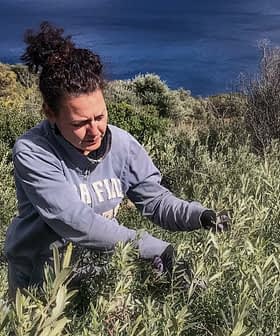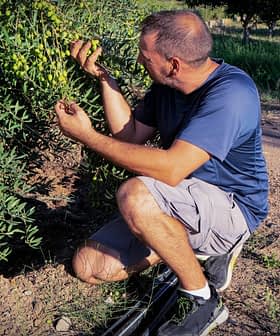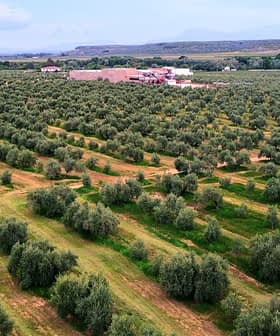Europe Updates Xylella Risk Assessment
An update to EFSA's 2015 assessment concludes the plant disease has not been eradicated, but control measures have contained its spread.
The EFSA updated its 2015 assessment of the risk of Xylella fastidiosa in the E.U., concluding that eradication of this plant disease is not currently possible, but control measures have been effective in containing its spread. Computer simulations by EFSA experts showed that southern Europe is most at risk of infection, and that early detection and pest control are crucial in preventing further spread of the disease caused by this bacterium.
The European Food Safety Authority (EFSA) has published an update to its 2015 assessment of the risk of Xylella fastidiosa in the European Union (E.U.).
The update broadly concludes that there is no known way to eradicate this plant disease, which is spread by pests, such as the olive fruit fly, but that control measures have been shown to be effective in containing its spread.
This was a complex scientific challenge with many areas of uncertainty, but we have distilled some important conclusions that will assist risk managers, risk assessors and researchers.
Experts of the EFSA Panel on Plant Health addressed specific questions, including the short and long-range spread of Xylella fastidiosa and its impacts, the period of time during which the disease is asymptomatic and how to reduce the risk of the infection spreading.
“This was a complex scientific challenge with many areas of uncertainty, but we have distilled some important conclusions that will assist risk managers, risk assessors and researchers,” Stephen Parnell, the chair of the panel’s Xylella fastidiosa working group, wrote in an article on the EFSA website.
See Also:Xylella fastidiosa NewsComputer simulations developed by its experts revealed that southern Europe is most at risk of infection through some subspecies of the bacterium, such as Xylella fastidiosa subsp. multiplex, could also cause infections in northern Europe.
Through these simulations, the experts were also able to simulate how Xylella fastidiosa could propagate under different conditions and over short as well as long distances, and reveal the effectiveness of emergency phytosanitary control measures if put in place quickly.
“Computer simulations are at the core of this scientific opinion,” Parnell said. “The models we have developed are robust and, importantly, flexible so they can be adapted to explore a wide range of different scenarios and support emergency planning.”
Regarding the period of time the disease is asymptomatic, this can vary depending on the subspecies of the bacterium and the species of plant affected.
For example, studies examined by the experts revealed that an olive plant infected with the subspecies Xylella fastidiosa subsp. pauca is asymptomatic for approximately 10 months and has a 95 percent chance of developing symptoms within a period of four years. This long incubation period means that visual inspections are not effective in detecting infections and that other methods such as sampling and diagnostic testing are required.
Measures that have been taken to prevent further infection have included creating containment zones around infected areas, the destruction of diseased plants and pest control.
The effectiveness of buffer zones was found to be relative, while biological control measures only temporarily reduce but do not eliminate the risk of infection. However, early detection is crucial for effective eradication and to control the spread of the disease. Pest control is also important: insecticides used in Italy such as acetamiprid and deltamethrin had a 75 to 100 percent effectiveness rate.
The study lists a number of plant diseases caused by this plant pathogen transmitted by insects. These include Pierce’s disease, which attacks grapevines; olive quick decline syndrome, which decimates olive groves; citrus variegated chlorosis, affecting citrus plants; almond leaf scorch, which infects almond trees; and other leaf scorch diseases.
Xylella fastidiosa was first detected in olive groves in Puglia, south Italy in 2013. New infections of the bacterium and its subspecies were subsequently detected in plants in other parts of the E.U., notably on the French island of Corsica and the Provence-Alpes-Côte d’Azur region of southern France in 2015. In the past four years, several more cases were reported in Spain, the Italian region of Tuscany, and in Portugal’s Porto district.









